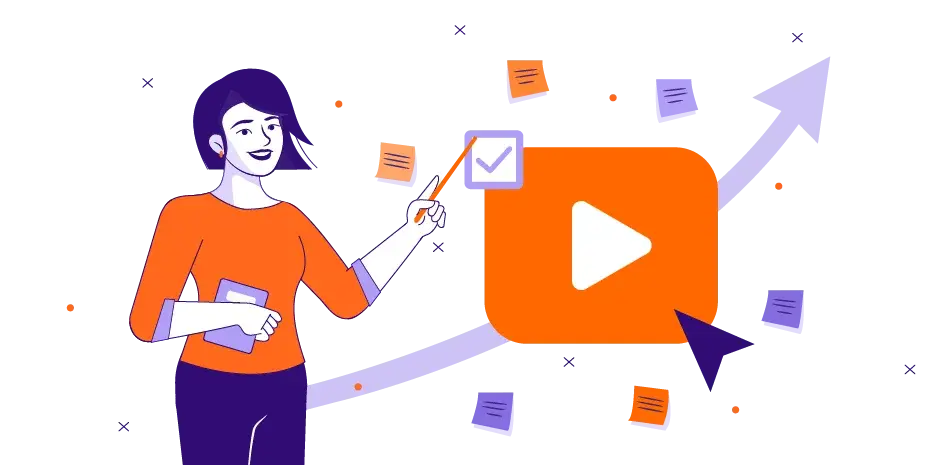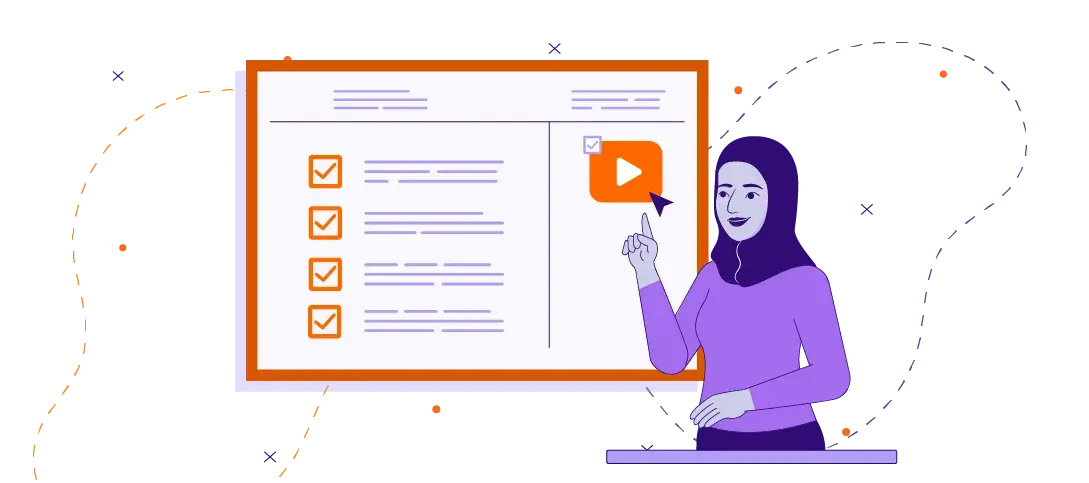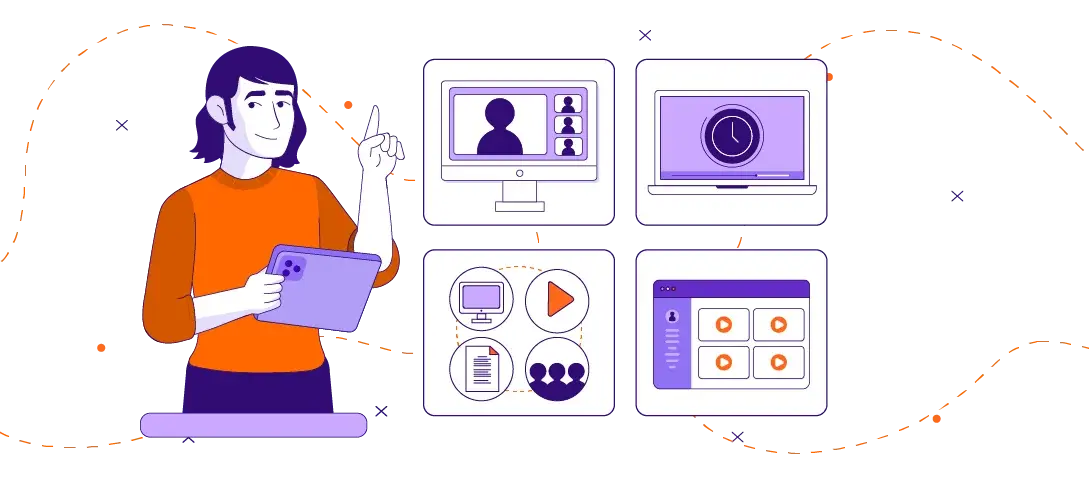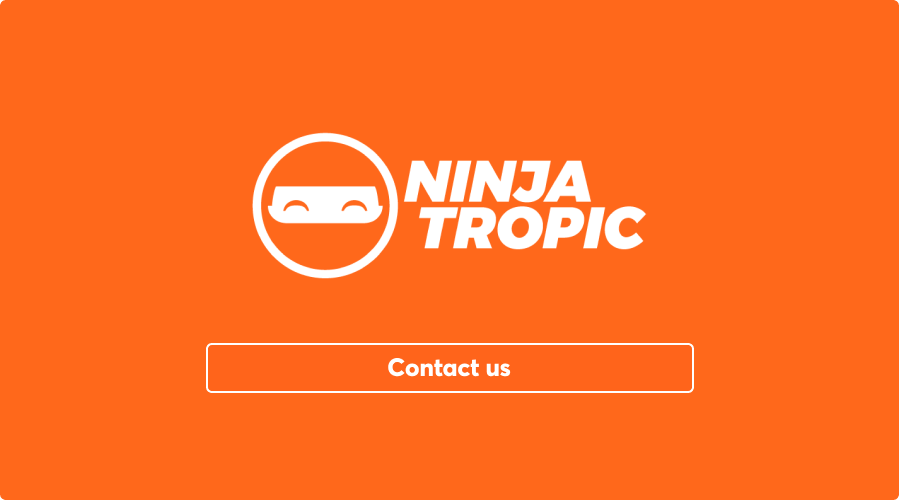
eLearning Interactivity 2023: The 4 Levels & How to Use Them (Plus Benefits)
Whether it’s school, university, or the workplace, learning is always more engaging when it’s interactive. Think about it: if you have to sit through a long lecture or reading session, wouldn’t you enjoy it more if you got to do something with your hands, like complete a puzzle, or be part of a role-playing game or simulation?
The same applies to eLearning. Just because it’s an online course doesn’t mean you can’t use interactive elements to improve engagement and retain knowledge. We can even go as far as saying that there’s room for interactivity in eLearning that doesn’t exist in traditional classrooms!
In this guide, we’ll be taking a high-level look at the 4 levels of interactivity in eLearning, what they mean, and how you can take advantage of them to create an engaging learning experience. We’ll also explore the benefits that come with interactive eLearning content so you can make a case for investing in it.
What Is eLearning Interactivity?
When eLearning interactivity is mentioned, it refers to learning mechanisms that aim to engage learners with the content and learning process. Rather than passive learning, learners interact with the content in some way—usually by either doing or thinking.
Interactivity in eLearning can take many forms, ranging from simple tasks such as clicking a button to more advanced ones, such as multiple-choice quizzes, tests, simulations, and more. Ultimately, the goal of interactive eLearning is to help the user build a better understanding of the subject matter through active, rather than passive, interaction.
What Are the Four Levels of Interactivity in eLearning?
There are four main levels of eLearning interactivity: passive, limited, moderate, and full. Here’s a look at each in more detail.
1. Passive eLearning Interactivity
At the most basic level, there’s passive interactivity. This is where learners are only presented with information and can’t change or affect it in any way. Think of this as being similar to sitting in a traditional classroom and simply listening to a lecture—you can take notes, but there’s no way to interact with the content.
This level is often referred to as the “click next” or “page turner” style because learners are only asked to click a button or turn the page to continue to the next piece of content in a linear fashion.
Interactivity-wise, there are simple elements such as images or graphics, simple video and audio, and straightforward multiple-choice or true-or-false questions, but without any further interactivity beyond clicking.
2. Limited eLearning Interactivity
The next level involves limited interaction. While it’s still relatively simple, it allows the user to do more than just click a button. Think of this as requiring learners to complete some sort of action to advance, such as drag-and-drop interactions, matching labels with images, click-and-reveal, or typing in a response.
At this level, the content is kept simple and learners are only asked to complete basic interactions that don’t require deep levels of understanding. This style of eLearning is great for introductory courses or those that build on knowledge from previous experiences.
Content-wise, the material includes clickable animated graphics, navigation that expands to menus, glossaries, external resources, and audio and video.
3. Moderate eLearning Interactivity
Moving up one level brings us to moderate interactivity. Here, the content is more dynamic because it’s designed with branching scenarios—or what some call “non-linear learning”—that allow learners to explore multiple paths and receive feedback through different levels.
Because moderate interactivity is best for teaching learners complex skills, you’ll want to include a high level of complexity and customization in your course. This might include scenario-based cases, complex simulations, custom flash animations, stories, and other forms of multimedia.
4. Full eLearning Interactivity
Finally, full interactivity represents the highest level of engagement. Think of levels 1, 2, and 3 as a pyramid, with the apex representing full immersion. The courses at this level include all of the components in other levels, plus gamification or simulation. These range from 360° images and avatars to interactive videos, stories, scenarios, and more.
Learners are also kept motivated throughout the course with a reward system. This could be points, badges, levels, leaderboards—whatever motivates your learners!
Full interactivity also includes complex branching scenarios that allow for open-ended decision-making. Learners receive feedback based on their choices, and the outcomes can change depending on what they decide. In other words, their learning path is created as they go, and no two paths are the same.
This level is ideal for learners who need to practice real-time decision-making skills, and results in the most immersive learning experience. Although these courses take more time to design and develop, they’re worth it—for both you and your learners.

What Are the Benefits of Interactivity in eLearning?
Interactive learning brings about a number of benefits that static learning lacks. Here are a few of the biggest advantages you’ll gain when you add interactivity to your eLearning environment:
1. Boosts Engagement for Learners
Rather than learners staring at the screen passively with their minds wandering to other topics, interactivity switches that to active learning by stimulating their attention and keeping them interested in the material and the learning environment – all through providing them with something to either think of or do.
2. Encourages Reflection
When we’re asked a question, we naturally reflect on our response and assess before speaking, right? Interactive eLearning encourages learners to do just that by providing learners with prompts and interactive activities. This helps establish a deeper understanding as they reflect on the material they’ve been presented with while fostering self-assessment and critical thinking skills.
3. Knowledge Retention
If someone tells you a piece of information as is–with no interaction on your part–the chances of you remembering it are slim to none. But how about if it was presented to you as a game, or in the form of a scenario or story? You’d be more likely to remember it, right? That’s because when you engage with something through interactivity, your brain is more likely to store that information away for future recall.
Interactive eLearning encourages knowledge retention by engaging the learner, prompting them to think critically about the material and utilize their decision-making skills. As they progress through the course, learners are given the opportunity to reflect on what they’ve learned and make connections between the material presented while furthering their understanding of it.
The result? Increased knowledge retention that leads to a better understanding of the material and, eventually, improved performance.
4. Emotionally Stimulating
Nowadays, people are more emotionally stimulated by information and multimedia than ever before, and it’s only when they have an emotional response that they truly remember it. Otherwise, it’s just another piece of information among the countless incoming information in our minds on a daily basis.
Interactive eLearning takes this idea and runs with it by incorporating different elements that evoke emotion in the learner: meaningful stories, interesting visuals, powerful value statements, shocking statistics, confrontational questions, and more. And when emotions are involved, attention is held, action is taken, and behavior is changed.
5. Promotes Motivation
Learning isn’t always fun, and motivation levels can quickly drop when learners are faced with mundane tasks. That’s why it’s important to inject some “fun” elements into your eLearning courses, such as multimedia, interactive scenarios, and games. The more interesting a story or an eLearning game, the more motivated learners will be to participate in the eLearning process – willingly.
The keyword here is “engagement.” Learner engagement and motivation go hand in hand, meaning that the more engaged learners are, the easier it will be for them to stay motivated and complete the course.
6. Triggers Application
Lastly, interactive eLearning increases learners’ ability to apply the knowledge they’ve acquired. The more engaging and immersive your courses are, the better the chances of learners applying them in their day-to-day life.
Interactive eLearning gives learners a chance to practice what they’ve learned in an environment that’s as close to real life as possible, allowing them to be creative and explore all of their options through trial and error. By doing so, learners gain experience and become more confident in their abilities.

How to Make Interactive eLearning Courses?
With that said, here are a few ideas to give you a head start when creating interactive eLearning courses:
Try Out Sneak Peeks and Teasers
Entice your learners with sneak previews of the course they’re about to take. Tease them by giving out small pieces of information that will make them want to learn more. This strategy helps to stir up interest and build anticipation before getting into the actual course content.
Make the Content Visually Appealing
Animations, images, GIFs, and videos are all great ways to make eLearning courses more interactive and visually appealing. Visuals can help break up the monotony of reading text on a screen, making the whole experience much more enjoyable for learners.
Use Onboarding Checklists
Onboarding checklists are a great way to get learners more engaged with the material. Providing small tasks that they can complete and check off, gives them the incentive to stay focused on the course and encourages them to take action from the start. There’s something about checking off a task that just makes it seem more rewarding.
Incorporate Interactive Maps and Charts
Interactive maps and charts help learners visualize the subject matter more easily, making it easier to understand. Instead of reading a long block of text with facts and figures, interactive charts allow learners to instantly decipher the information in a much more digestible way.
Include Games and Puzzles
Games and puzzles are an excellent way to keep learners engaged for longer periods. They can also be used as a form of assessment, testing the learner’s knowledge of the content and allowing them to practice problem-solving skills.
Always Gauge Feedback
Finally, a great way to ensure that your learners are engaged and understand the content is to regularly ask for feedback. This can be done through surveys, informal Q&A sessions, or other methods. Gathering feedback allows you to adjust the course content in real-time according to the needs of the learners.
Final Thoughts: Improving the Learning Process With Interactivity
At the end of the day, interactive eLearning has the power to take the learning process to a whole new level. It adds a sense of purpose that motivates learners to stay engaged and puts them in full control of their progress. And when that happens, there’s no stopping them from becoming the best version of themselves.
Yes, this may mean you’ll need to work a bit harder in creating engaging eLearning resources, but the results are worth it. And the best part is: you don’t have to go it alone. At Ninja Tropic, eLearning is our specialty and we have the experience and tools to make your interactive courses come alive. Contact us to learn about how we can help you take your eLearning game to the next level! Or book a free consultation to get your complimentary sample plan today!
DOWNLOAD YOUR KEY TO KNOWLEDGE
Access Valuable Resources to Fuel Your Learning Journey

